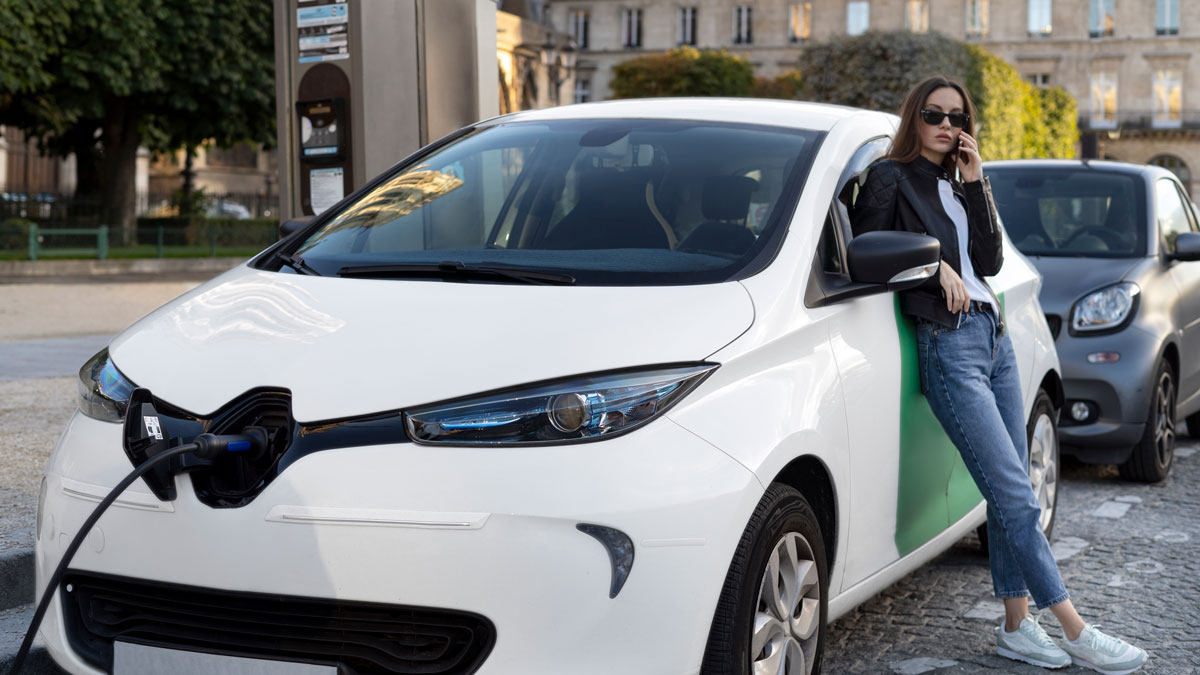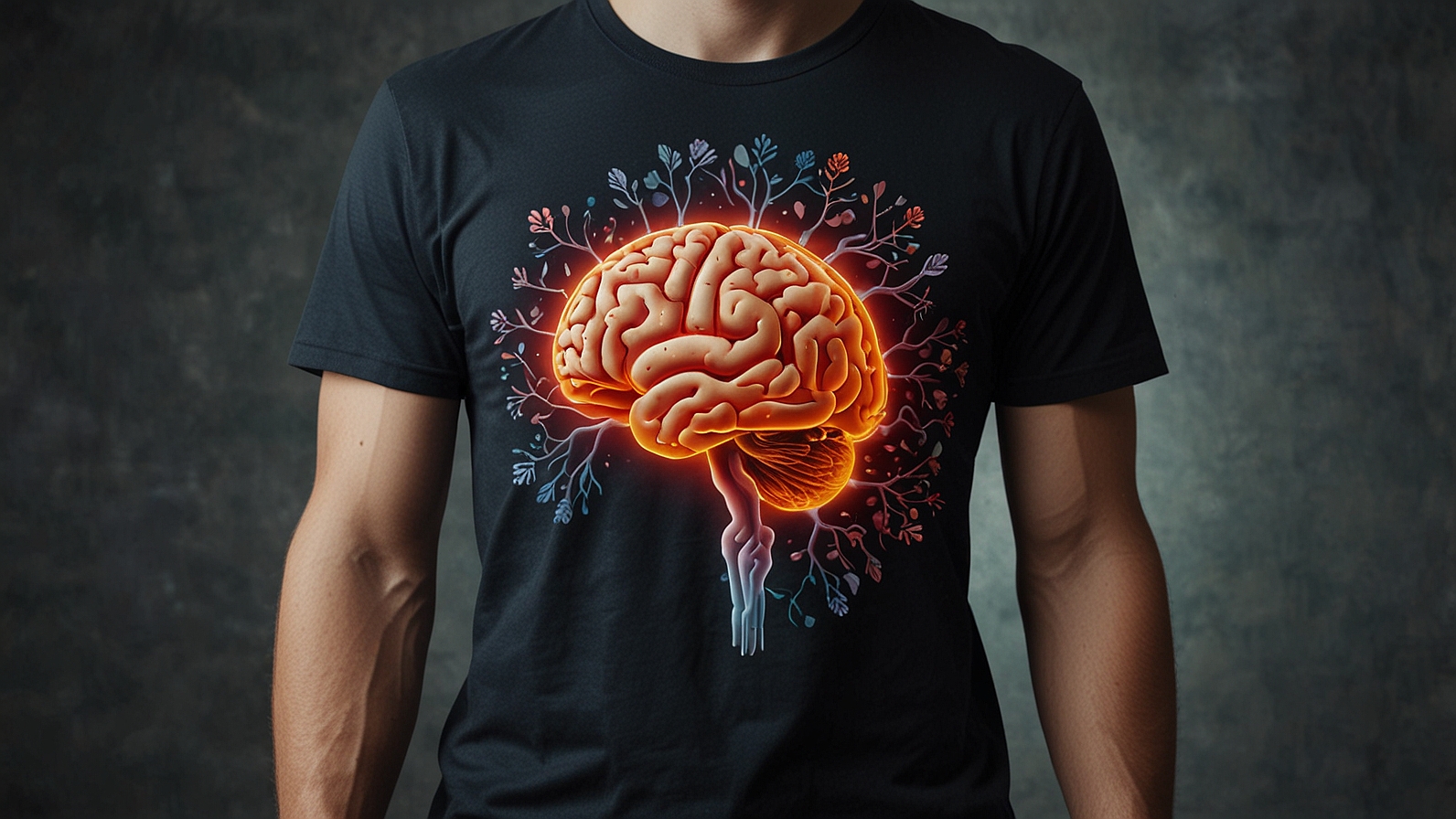The automotive industry is undergoing a transformation, and at the heart of it is the rapid rise of electric vehicles (EVs). With growing concerns about climate change, shifting government policies, and advancements in battery technology, EVs are no longer a niche product for eco-conscious consumers. They are becoming the future of transportation, with traditional automakers and new startups alike investing heavily in this space. But as electric vehicles gain traction, what does the future hold for the auto industry, and how will this shift impact consumers?
Accelerating Demand for EVs
The global push for greener alternatives has led to a sharp increase in demand for electric vehicles. According to the International Energy Agency (IEA), global electric car sales exceeded 10 million in 2022, and this figure is expected to continue growing as more consumers seek to reduce their carbon footprints. Governments worldwide are offering incentives such as tax rebates, grants, and subsidies to encourage EV adoption, while simultaneously introducing stricter emissions standards that make traditional internal combustion engine vehicles less attractive.
For automakers, this presents a massive shift in both production and consumer behavior. Major players like General Motors, Ford, Volkswagen, and Toyota are ramping up their investments in electric vehicle platforms, with many announcing plans to phase out combustion engines entirely in the coming decades. For instance, GM has committed to becoming an all-electric vehicle company by 2035, while Volkswagen plans to have 70% of its sales in Europe come from electric cars by 2030.
Advancements in Battery Technology
One of the primary factors driving the adoption of electric vehicles is the rapid improvement in battery technology. Historically, EVs have faced challenges with limited range and high costs, but advancements in lithium-ion batteries are helping to address these concerns. The cost of batteries has fallen dramatically over the past decade, and improvements in energy density are allowing for longer driving ranges on a single charge. According to BloombergNEF, the cost of EV batteries has fallen by around 89% since 2010, making electric cars more affordable for the average consumer.
Furthermore, new technologies such as solid-state batteries, which promise even greater efficiency and faster charging times, are on the horizon. These innovations could help EVs become more mainstream by making them as convenient, if not more so, than traditional vehicles.
Charging Infrastructure
While the growth in EV sales is impressive, one of the key hurdles to widespread adoption remains the charging infrastructure. Range anxiety—the fear of running out of battery power before reaching a charging station—is still a major concern for many potential buyers. However, governments and private companies are working together to expand charging networks around the world.
The Biden administration has allocated $7.5 billion to expand EV charging infrastructure across the U.S., while private companies like Tesla, Rivian, and ChargePoint are investing heavily in fast-charging stations. In addition, many automakers are working to integrate charging networks with in-car navigation systems, making it easier for drivers to find available chargers on their routes.
As the charging infrastructure grows, so too will consumer confidence in electric vehicles. This, combined with improvements in battery technology, will likely accelerate the shift towards a fully electric automotive ecosystem.
The Impact on the Auto Industry
The rise of electric vehicles will not only affect car buyers but also reshape the entire auto industry. Traditional manufacturers will need to adapt their production lines to accommodate the new technology, which could involve billions of dollars in investment. Additionally, the supply chain for electric vehicles differs from that of traditional cars. The need for raw materials like lithium, cobalt, and nickel—critical components in EV batteries—has created a demand for new mining and recycling strategies, potentially changing global trade dynamics.
Moreover, the shift to electric vehicles is likely to disrupt the automotive repair and maintenance industries. EVs have far fewer moving parts than their gasoline-powered counterparts, which could lead to a decrease in demand for traditional auto repairs. This is a challenge for businesses that rely on engine-related services but also an opportunity for growth in areas like battery recycling and electric vehicle maintenance.
Another notable impact of this transition is the emergence of new players in the market. Companies like Tesla, Rivian, and Lucid Motors are challenging traditional automakers by offering innovative electric cars that cater to different market segments. This increased competition will likely spur further innovation, leading to better EV options for consumers in terms of style, features, and pricing.
What’s Next for Electric Vehicles?
Looking ahead, the future of electric vehicles seems bright, but there are still challenges to overcome. Aside from the continued expansion of charging infrastructure and improvements in battery technology, automakers must address issues such as recycling EV batteries and making the manufacturing process more sustainable. The rise of EVs will also require changes in energy production, as a shift to renewables will be necessary to ensure that electric vehicles have a truly minimal environmental impact.
Ultimately, the transition to electric vehicles represents a shift in how we think about transportation. As more people make the switch, and as automakers and governments work together to remove barriers, the electric vehicle revolution is poised to reshape the future of the auto industry and contribute to a greener, more sustainable world.
By understanding the key trends and challenges surrounding electric vehicles, consumers and industry professionals alike can stay ahead of the curve and prepare for the automotive future that is quickly taking shape.











